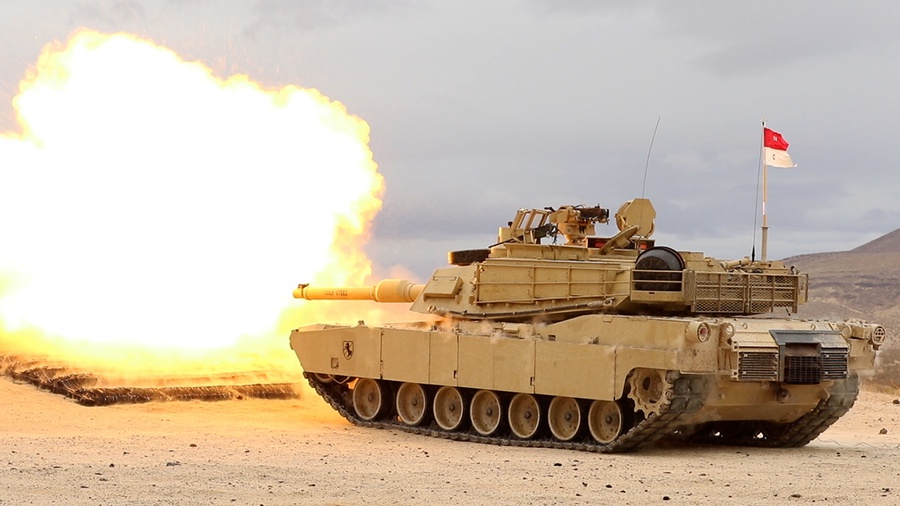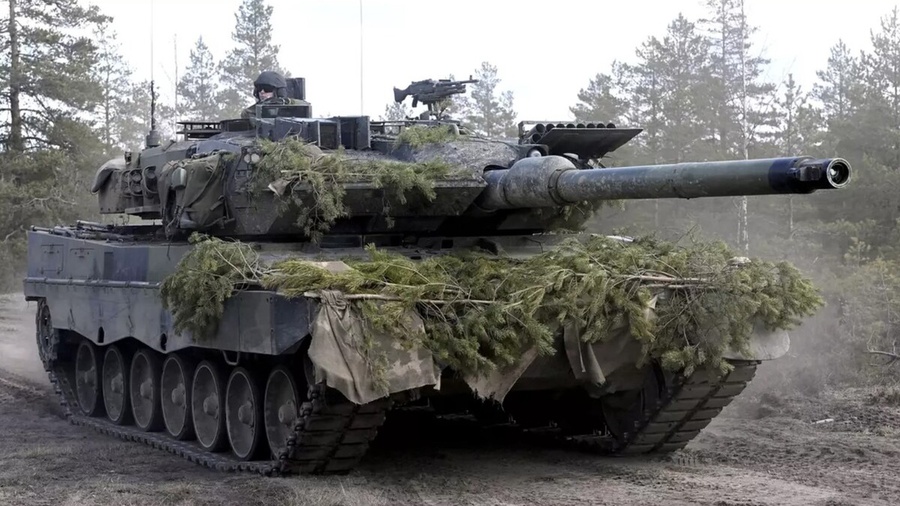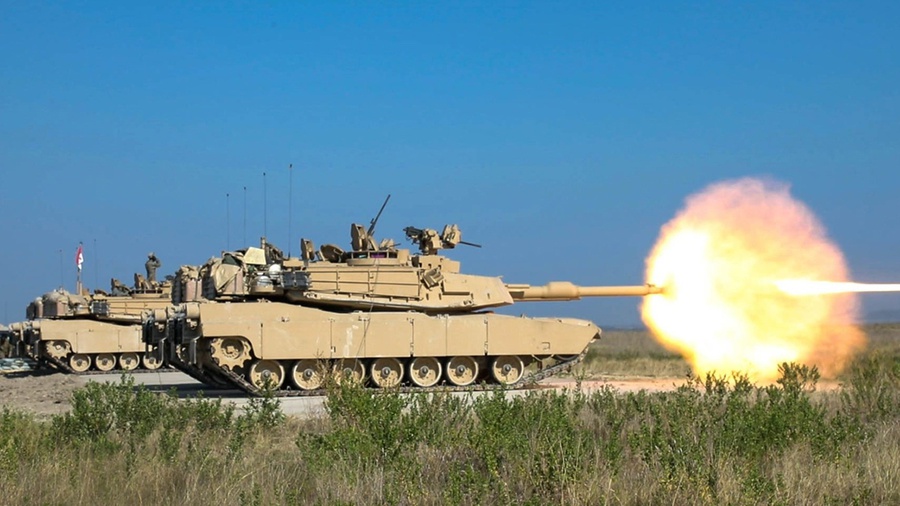According to U.S. officials, the move is part of a larger diplomatic agreement with Germany, which would see Berlin agree to send a smaller number of Leopard 2 tanks and also approve the delivery of more tanks from Poland and other nations. The deal aims to resolve a trans-Atlantic disagreement over tank deliveries that had been threatening to cause divisions within the alliance.
White House representatives have declined to comment on the matter. However, the proposed move is seen as an effort to address the rift between the U.S. and other European nations over the provision of tanks to Ukraine during a crucial phase of the war. As Kyiv prepares for a counteroffensive to regain Ukrainian territory and Russia mobilizes troops for its own operations, the issue of tank deliveries has become increasingly contentious.
The shift in the U.S. position on tank deliveries follows a phone call between President Biden and German Chancellor Olaf Scholz on January 17, in which Mr. Biden agreed to look into providing the Abrams tanks despite the Pentagon's objections. A senior German official stated that the matter had been the subject of intense negotiation between Washington and Berlin for over a week, and that it appeared to be on the verge of resolution.
Military officials have publicly argued that the Abrams tanks require a significant amount of training and logistical support, making them unsuitable for the current stage of the conflict. A contentious meeting held last week at Ramstein Air Base in Germany saw the U.S. and its allies fail to convince Germany to allow other nations to send German-made tanks, highlighting the first major rift in the alliance supporting Kyiv.
Previously, the Pentagon had ruled out providing the tanks to Ukraine, stating that they were too complex for the Ukrainians to operate and maintain. However, White House and State Department officials are said to be more open to the idea of providing Abrams tanks in order to break the diplomatic impasse holding up the delivery of Leopard tanks. Some Democratic lawmakers close to the White House, such as Senator Chris Coons of Delaware, have also expressed their support for the provision of Abrams tanks.
The provision of U.S. battle tanks has become a contentious issue within the Biden administration and is raising questions about the unity of the alliance supporting Ukraine. German officials have previously stated that they would not be the first to send tanks to Ukraine and would only do so if the U.S. provided its own Abrams tanks. However, Germany's new defense minister, Boris Pistorius, stated last week that German and U.S. tanks do not need to be provided at the same time and that his government was still weighing its options.
Poland's defense minister, Mariusz B?aszczak, announced on Tuesday that Poland had requested permission from Germany to send some of its German-made tanks to Ukraine. "The Germans have already received our request for consent to transfer Leopard 2 tanks to Ukraine," he stated. "I also appeal to the German side to join the coalition of countries supporting Ukraine with Leopard 2 tanks."
While U.S. officials have publicly praised Germany for its weapons contributions to Ukraine, including the IRIS-T air defense system, the promise to send a Patriot antimissile battery, and Marder infantry-fighting vehicles, they have privately expressed frustration with Germany's refusal to approve the provision of German-made tanks. The Pentagon, in particular, has argued that the gas-guzzling Abrams tanks with their gas turbine engines and fuel requirements make them less-than-desirable for the current stage of the nearly year-long conflict.
The M1 Abrams is a main battle tank developed by the United States and is currently in service with the U.S. Army and Marine Corps. It was first introduced in 1980 and has undergone several upgrades and modifications since then. The M1 Abrams is considered to be one of the most advanced and powerful tanks in the world.
One of the key features of the M1 Abrams is its powerful turbine engine, which provides it with a high level of mobility and speed. It is capable of reaching speeds of up to 45 miles per hour on roads and has a range of over 300 miles. The tank is also equipped with a 120mm smoothbore cannon, which can fire a variety of rounds, including high-explosive, anti-tank, and canister rounds.
The M1 Abrams also has advanced armor protection, including a composite armor and an active protection system, which can detect and intercept incoming anti-tank missiles and rockets. The tank also has a variety of other advanced features, such as a digital fire control system, laser rangefinder, and thermal imaging for the crew.
The M1 Abrams has been used in a variety of conflicts, including Operation Desert Storm, Operation Iraqi Freedom, and Operation Enduring Freedom. It has proven to be a formidable and reliable weapon system in combat. However, it has been criticized for its high fuel consumption, weight, and maintenance cost, which makes it less suitable for certain situations.
Source: The Wall Street Journal
.jpg)



